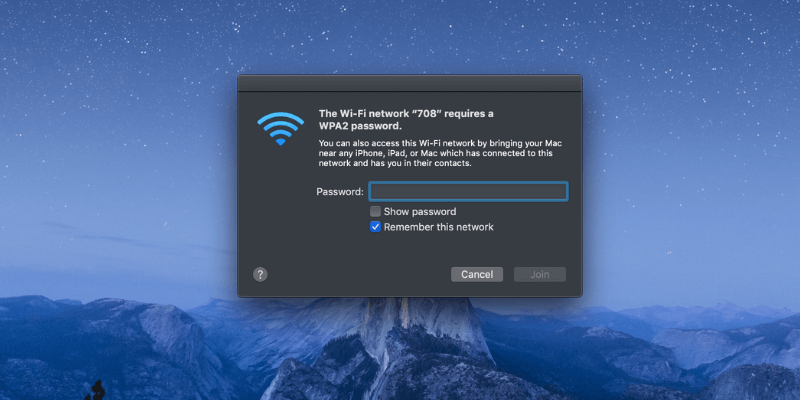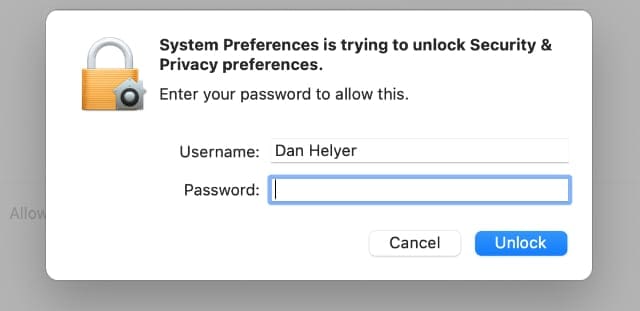

This establishes a new WiFi connection with the default settings. One thing to try when you’re experiencing wireless network problems is to delete and then re-add the WiFi service.ġ. Open Network settings under System PreferencesĢ. In the left-hand side panel, select the Wi-Fi icon and then hit the Delete button (the small “ –” icon) and confirm when prompted Use the "-" button to remove the WiFi serviceģ. Once the WiFi service has been deleted, add a new one with the Add (“ +“) button, and then enter the name of the new connection followed by Create.


If you can’t even connect to the Internet with a cable, then it points to a broader problem that may not be related to WiFi. It’s also definitely worth just plugging in a network cable between your router and your Mac, to check whether basic Internet connectivity is working. Drag the networks into the desired order, for example you may as well move the network that you want to connect to right to the top of the list to make sure your Mac looks for that one first Rearrange the wireless networks into the desired order You should also look at the other network tabs such as Wi-Fi, and check that the network you want to join is shown in the list. The reason is that in OS X Lion there have been some reports that manual configuration causes issues (though this may only be with early versions after the OS was first released) Set TCP/IP to DHCPĤ. The first thing to do when you’re experiencing WiFi problems is to check and validate your network settings in System Preferences to make sure everything is setup correctly.ġ. Open System Preferences and select the Network icon, which is in the Internet & Wireless section Open the Network settings in System PreferencesĢ. Click the Advanced button at the lower right to view more details about your network connection Click the Advanced button to open up more optionsģ. Under the TCP/IP tab, under most circumstances you’ll need the Configure IPv4 item set to Using DHCP.


 0 kommentar(er)
0 kommentar(er)
